Why baseball's new rules rule
Attendance and viewership have gone up while average game time has gone down


Before the start of the 2023 season, Major League Baseball instituted its most far-reaching set of rules changes in decades, including a pitch clock, a ban on shifting defensive players too radically, and larger bases. The goal was to modernize and streamline the game. How has it worked out?
The pitch clock
The pitch clock concept was perhaps the most direct assault on the sport's traditionalist wing since baseball expanded the playoff field and increased the number of divisions from four to six in 1994. The idea is simple — if you've spent any time watching baseball, you know that pitchers could take ages to get "set," with no meaningful limit on how long they can putz around on the mound. To make matters worse, batters were also able to lollygag their way into the batter's box at their own pace. To fight this time bloat, baseball limited pitchers to 30 seconds between batters, 20 seconds between pitches with runners on base, and 15 seconds between pitches with no one on base, or else they get charged with an automatic ball. For their part, batters must be in the box and ready to roll with no fewer than 8 seconds on the clock or get charged with an automatic strike. The new rules also limit pickoff attempts or other "disengagements" by the pitcher to two per at-bat.
The effect hasn't been subtle. The new rules have shaved 25 minutes off the average game time, per Baseball Reference, from three hours and six minutes in 2022 to two hours and 41 minutes so far this year.
The Week
Escape your echo chamber. Get the facts behind the news, plus analysis from multiple perspectives.

Sign up for The Week's Free Newsletters
From our morning news briefing to a weekly Good News Newsletter, get the best of The Week delivered directly to your inbox.
From our morning news briefing to a weekly Good News Newsletter, get the best of The Week delivered directly to your inbox.
Bans and bases
Beginning in the 2010s, the more visionary clubs recognized that dramatically altering the positioning of fielders could help guard against hits, especially for betters who tend to pull the ball to one side. The end result was that against some left-handed batters, for example, shortstops were often stationed in short right field and third basemen behind second base. Hits and scoring declined, making baseball a less entertaining sport to watch for many. New rules require that two infielders be placed on either side of second base, but the effect has probably been a bit less dramatic than proponents expected. Hits per game have gone from an average of 8.16 to 8.43 so far this year, a definite increase though still less than in 2019. And while the league batting average has increased from .243 to .249, the number of balls in play has actually decreased slightly on average, according to Baseball Reference.
The limit on pitcher pickoff attempts and the use of larger bases, on the other hand, has led to a revival of the running game not seen since the 1990s. In 1987, the modern high point for stolen bases, there were more than 3,500 swipes, before that value declined to just 2,214 in 2021, per Baseball Almanac. The drop represented an incalculable loss of in-game excitement, as stolen base attempts are bang-bang plays with uncertain outcomes. This year, there have already been nearly 3,000 stolen bases with more than three full weeks of games to go.
The takeaway
The game's architects have to strike a delicate balance. Baseball's aging core of devoted fans tends to appreciate the continuity between eras and often reacts with horror to dramatic rule changes. At the same time, baseball games prior to 2023 were more than an hour longer than the average soccer game, and roughly forty minutes lengthier than basketball. (The ponderous pace of American football is another story altogether). But this year's rules seem to be a win for everyone. After a few games, you hardly notice the pitch clock at all because the number of violations has declined over the course of the year, as reported by The Guardian. And no matter how much you love baseball, almost no one enjoyed 210-minute, 9-inning games. And per Forbes, the fans have responded accordingly — attendance is projected to be the highest since 2017, which is particularly encouraging after the COVID-era dip persisted into the post-pandemic era. Viewership on TV and streaming is also up.
In short, it seems like the rules changes have been a resounding success.
A free daily email with the biggest news stories of the day – and the best features from TheWeek.com
David Faris is a professor of political science at Roosevelt University and the author of "It's Time to Fight Dirty: How Democrats Can Build a Lasting Majority in American Politics." He's a frequent contributor to Newsweek and Slate, and his work has appeared in The Washington Post, The New Republic and The Nation, among others.
-
 Received a gift card this holiday season? Here’s how to maximize it.
Received a gift card this holiday season? Here’s how to maximize it.The Explainer Make the most of your present
-
 ‘Lumpy skin’ protests intensify across France as farmers fight cull
‘Lumpy skin’ protests intensify across France as farmers fight cullIN THE SPOTLIGHT A bovine outbreak coupled with ongoing governmental frustrations is causing major problems for French civil society
-
 The best books of 2025
The best books of 2025The Week Recommends A deep dive into the site of a mass shooting, a new release from the author of ‘Atonement’ and more
-
 2 MLB pitchers charged with rigging throws for bets
2 MLB pitchers charged with rigging throws for betsSpeed Read Cleveland Guardians pitchers Emmanuel Clase and Luis Ortiz have been indicted
-
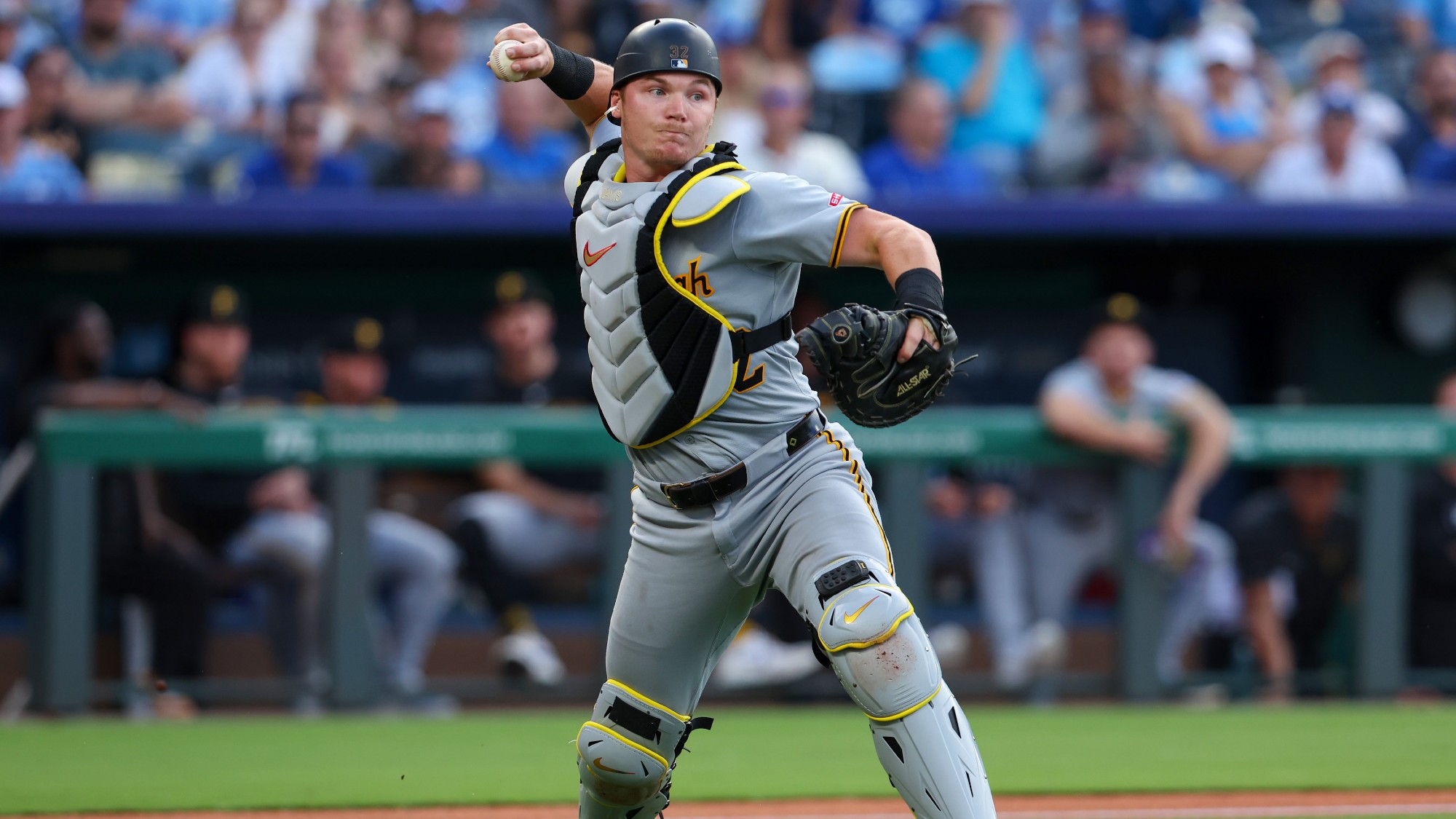 Biggest No. 1 draft pick flops in MLB history
Biggest No. 1 draft pick flops in MLB historyin the spotlight Injuries, bad luck and disappointing performances result in draft infamy for these unlucky players
-
 Have the Rockies reached a breaking point?
Have the Rockies reached a breaking point?the explainer Baseball's most aimless franchise takes aim at a record set just last year
-
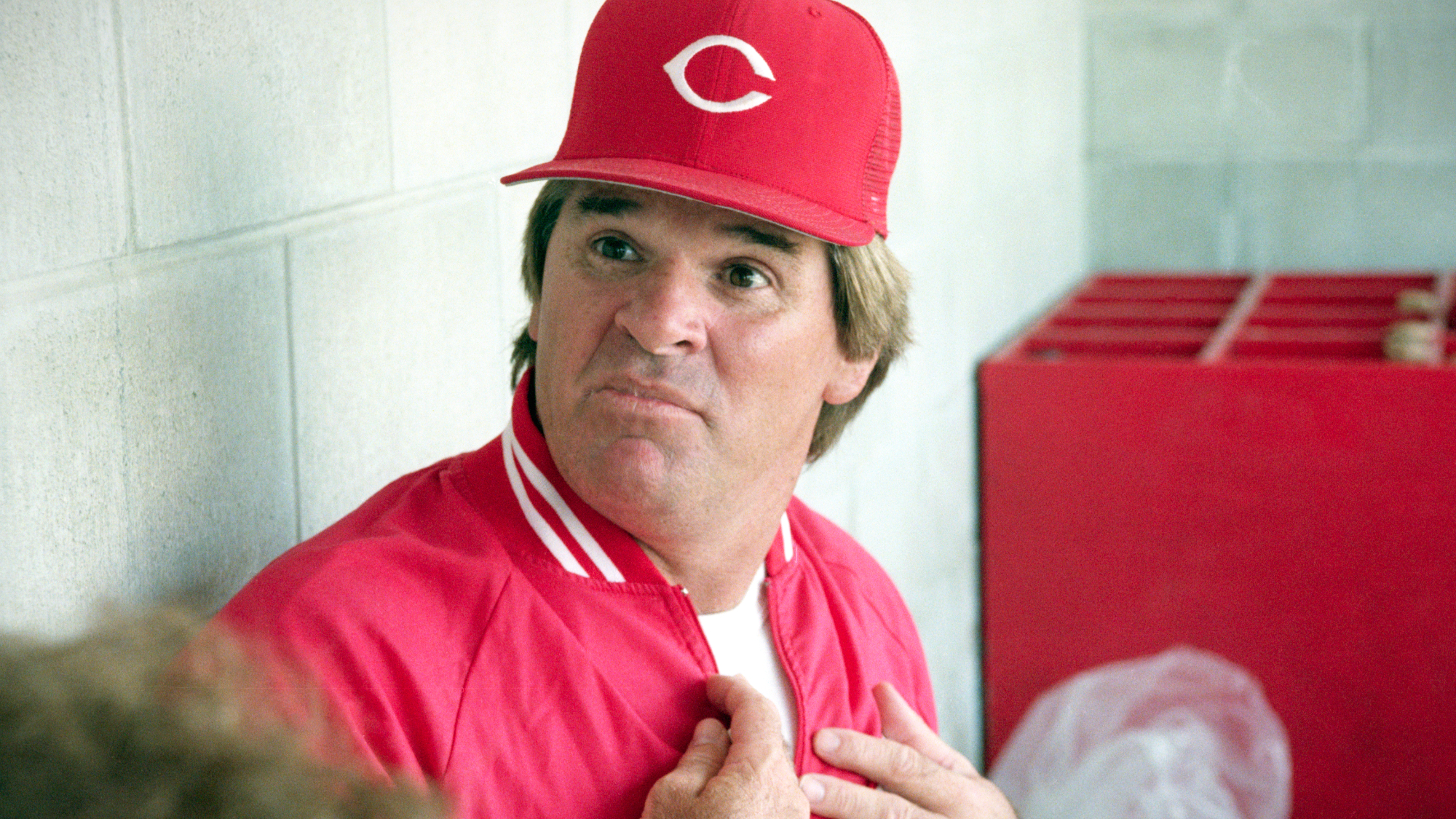 MLB lifts ban on Pete Rose, other dead players
MLB lifts ban on Pete Rose, other dead playersspeed read 16 deceased players banned for gambling and other scandals can now be inducted into the Baseball Hall of Fame
-
 Torpedo bats could revolutionize baseball and players are taking notice
Torpedo bats could revolutionize baseball and players are taking noticeIn the Spotlight The new bats have been used by the New York Yankees with tremendous success
-
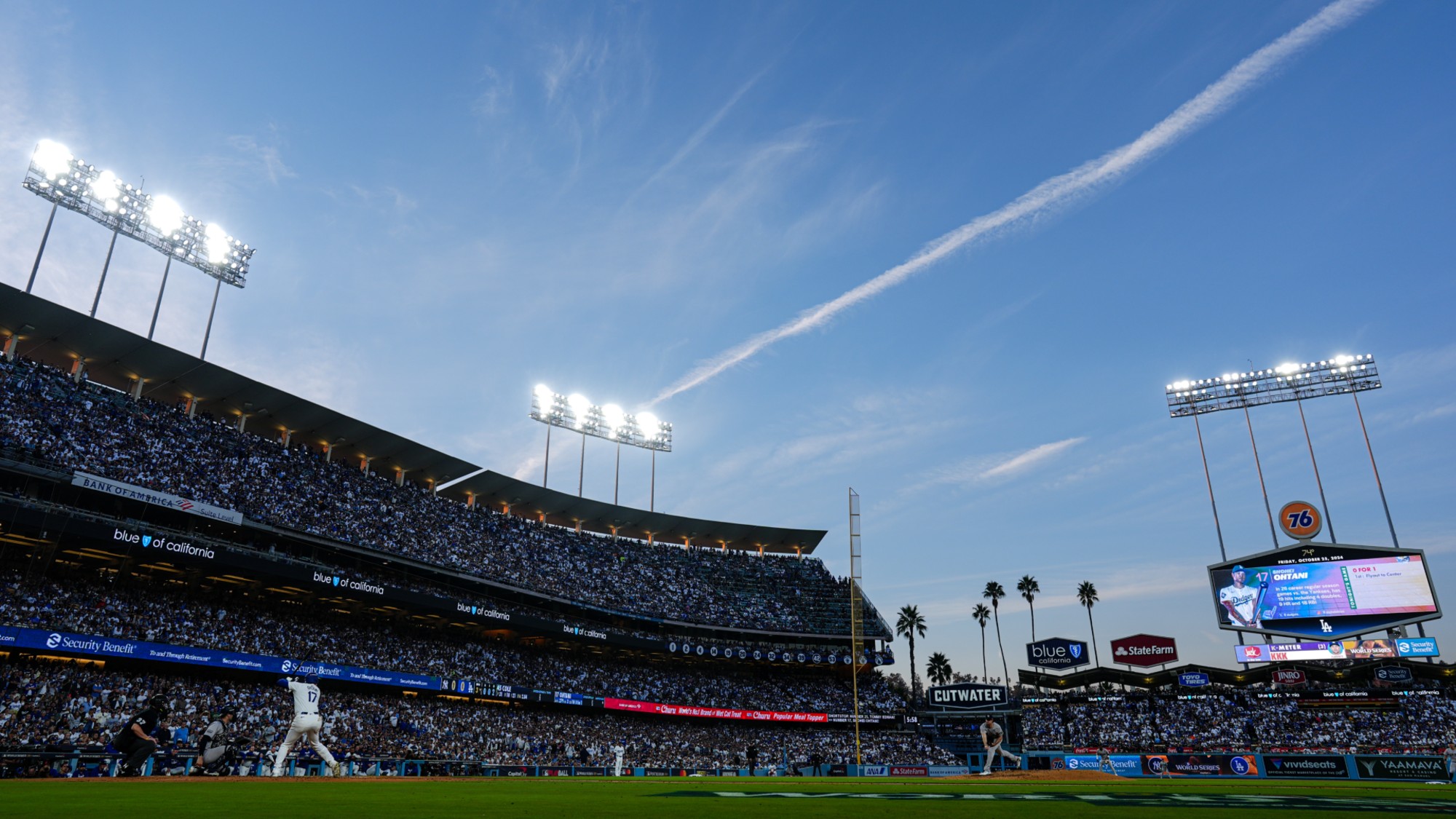 Dodgers' spending spree renews push for salary cap
Dodgers' spending spree renews push for salary capThe Explainer Spending limits might not be the answer that smaller market teams are looking for
-
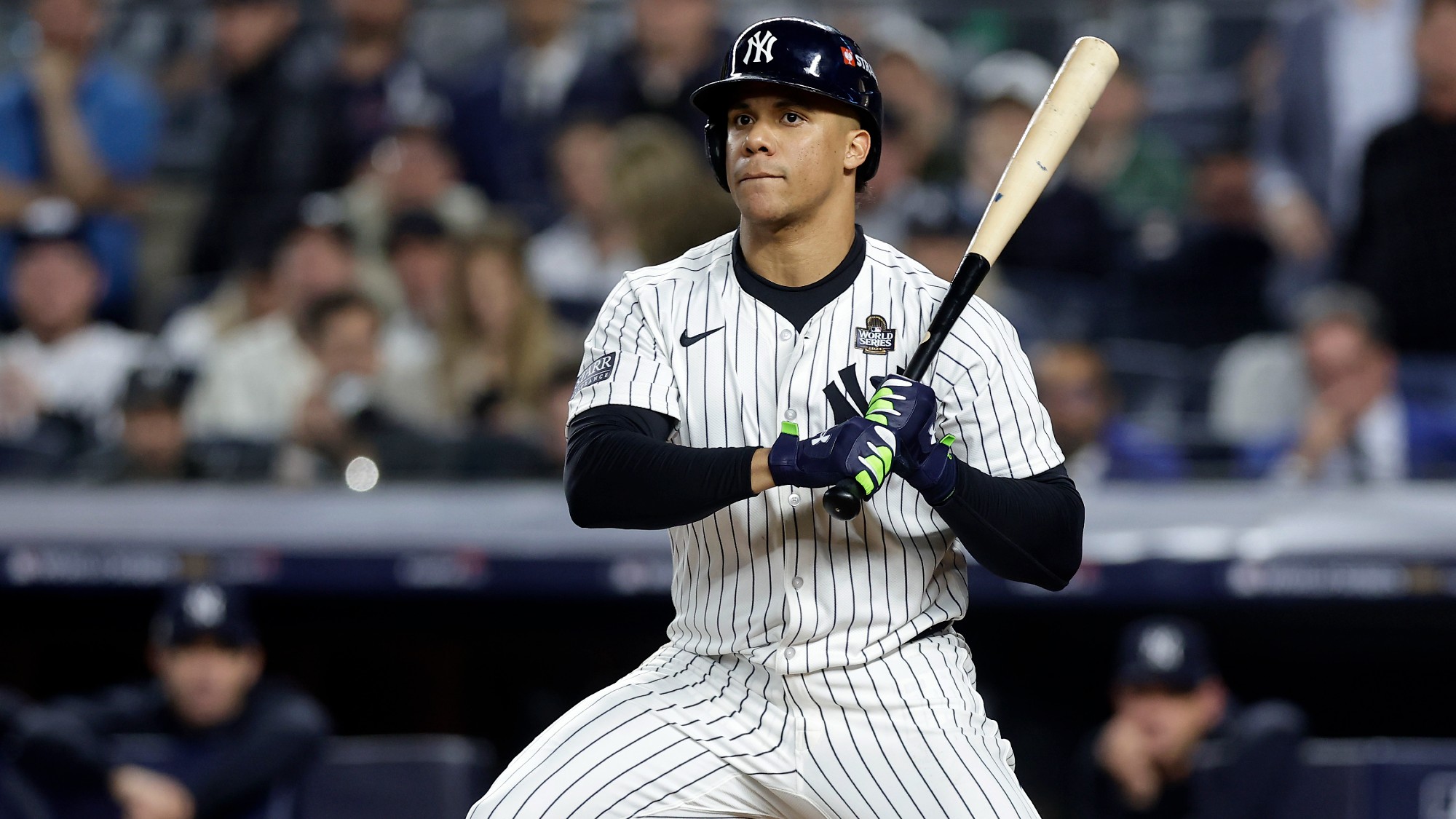 How much is Juan Soto worth?
How much is Juan Soto worth?Today's big question Will the New York Mets regret the record-setting mega-contract signed by the coveted outfielder?
-
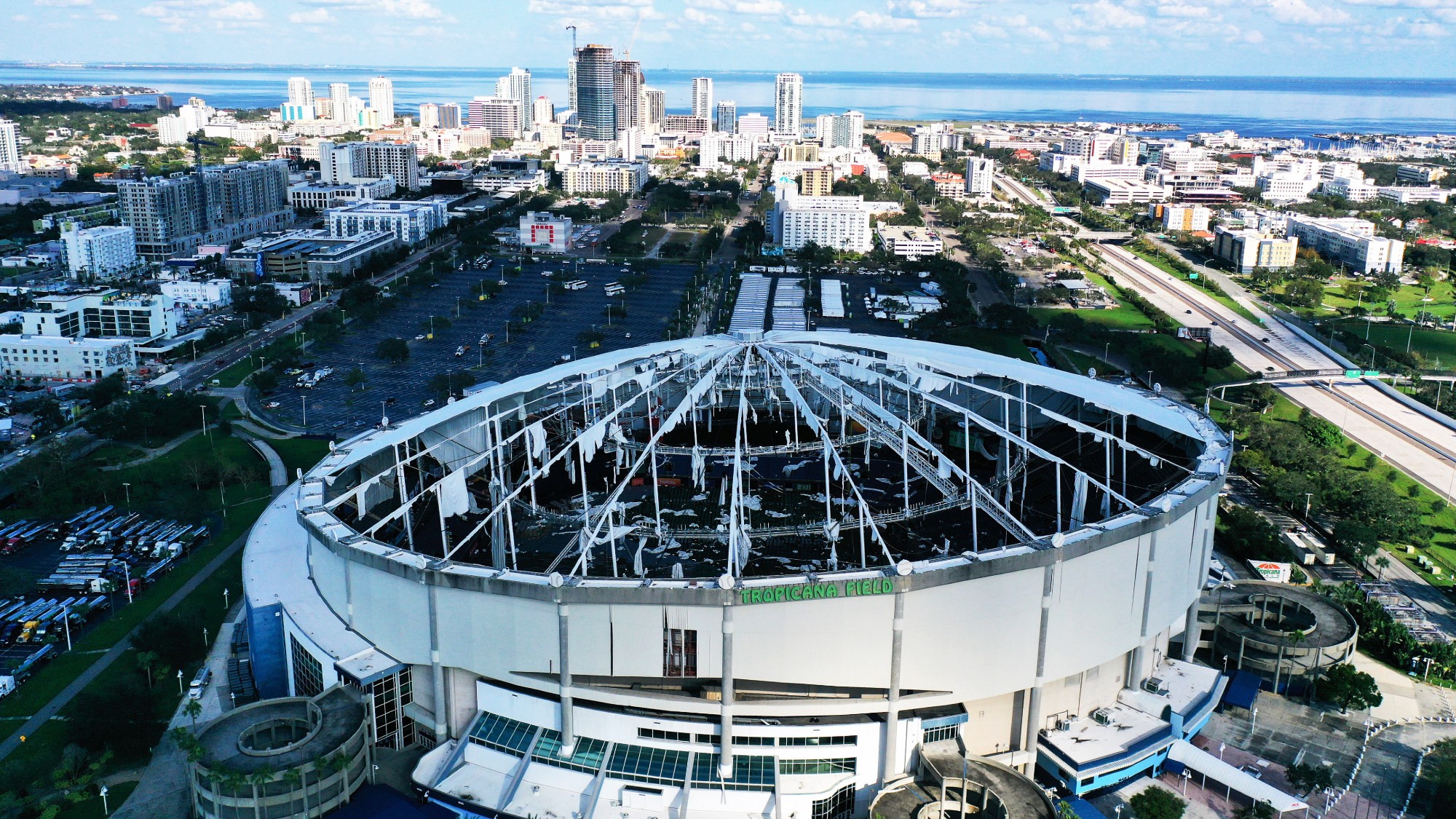 Major League Baseball's shaky future in Tampa
Major League Baseball's shaky future in TampaThe Explainer New questions arise about a troubled franchise after Hurricane Milton wrecked the Trop
